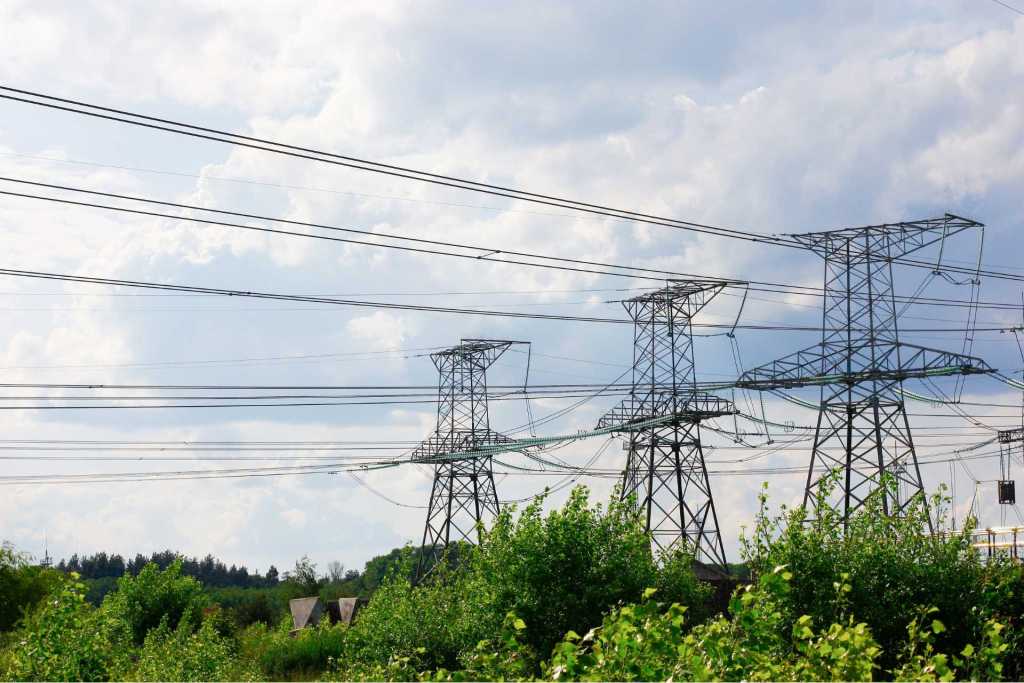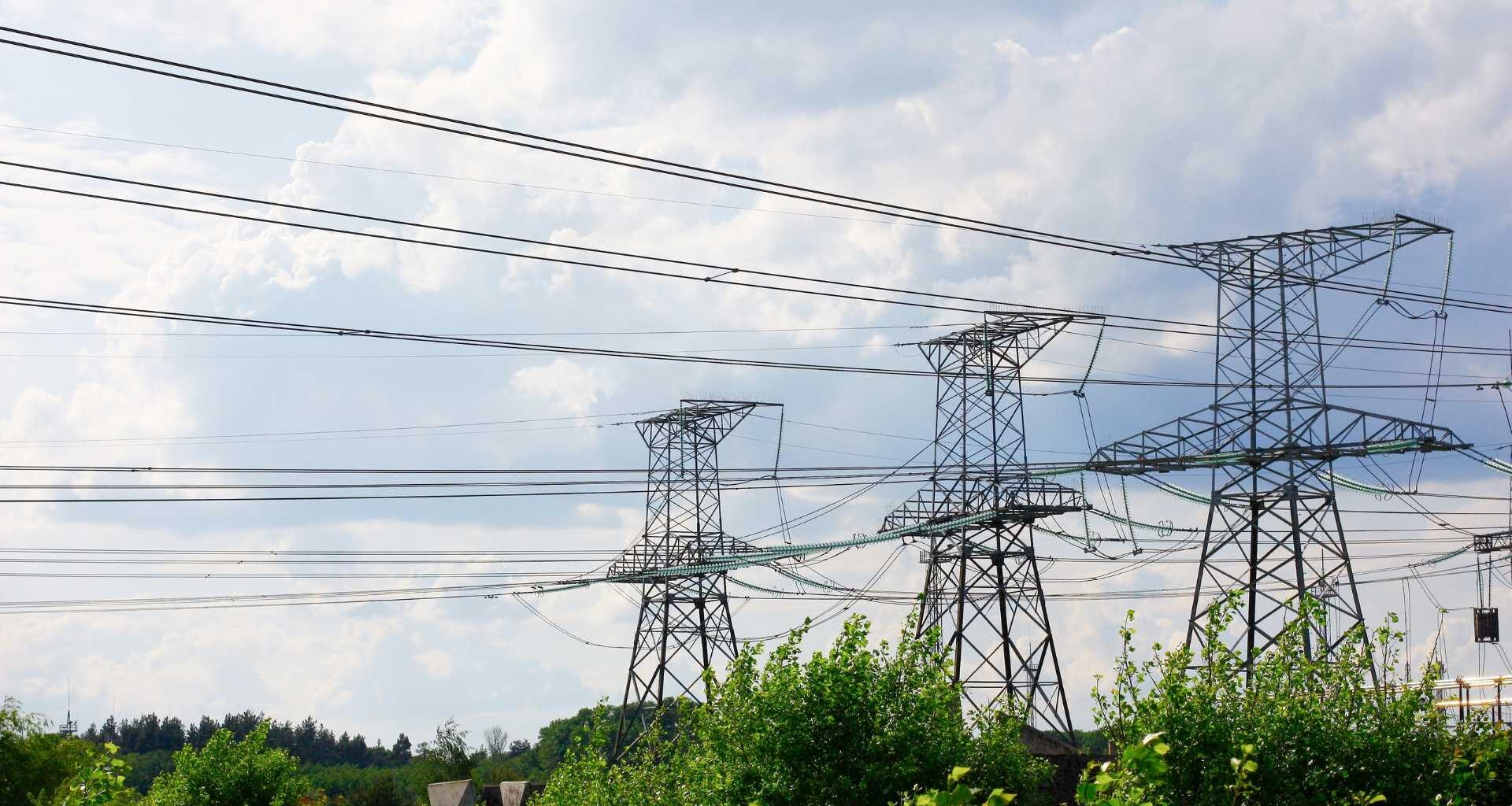
Photo credit: Larysa Prokopova / Shutterstock
Every summer, Texans pay billions more for power than they should because of grid congestion. While the state’s customers wait years for new transmission lines, the industry is missing an obvious, simple solution: fixing wind prediction.
Even a light wind can double the capacity of a transmission line by cooling it down. Accounting for this effect would directly reduce congestion and save ratepayers money. Until recently, though, wind forecasts have not been reliable enough to do so. That’s beginning to change.
A recent study my team at Gridraven conducted on a major transmission line in south-central Texas found that AI-driven wind forecasting could have saved local ratepayers $2 to $3 million between May and August. The takeaway: Smarter forecasting could relieve grid pressure statewide right now — without waiting years for new transmission.
Congestion in ERCOT costs Texans $1 billion to $2 billion every year, and the problem is growing as electrification and data centers drive demand faster than new transmission can keep up. Software-based forecasting can start fixing congestion in a matter of weeks, without the need for expensive hardware or regulatory overhaul.
Fixing wind forecasts, and reducing congestion
Standard wind predictions operate at a resolution of a few miles, which is too coarse to be useful for transmission lines. If even a short section of a line is sheltered from the wind, it would risk overheating.
But in recent years, 96% of the United States has been scanned with LiDAR. The location of every tree, building and hill in America is publicly available. Recent AI and machine learning technologies are capable of taking this detail into account — and therefore of predicting wind with much finer resolution.
When applied to power line management in the form of dynamic line rating, this new technology can safely unlock the maximum potential capacity of existing grids.
Although hardware-based DLR solutions have been piloted in some networks across the U.S., these systems depend on sensors installed on individual lines to monitor wind speeds; installation and maintenance can be both costly and time-consuming. As a result, utilities have been slow to adopt the technology.
Sensorless, software-based DLR has been deployed successfully in Europe, including on Estonia and Finland’s national grids. But Gridraven’s new study is the first of its kind to test sensorless DLR technology on a highly congested transmission line in the U.S.
San Antonio: a congestion hotspot
We focused our study on San Antonio’s Pawnee-Calaveras 345 kV line. Also known as the E_PASP Generic Transmission Constraint, this line is historically prone to congestion.
And things have the potential to get worse. The region’s booming population, expanding industrial base, influx of data centers, and extreme weather have pushed the local grid to its limits. When the sun sets and AC keeps churning, the lowest cost generators on the grid — that would otherwise be ready to produce power to meet peak demand — can’t do so because of limitations in the transmission network. As a result, power prices go up and the cost is passed on to consumers.
ERCOT’s latest Monthly Outlook for Resource Adequacy also cites the same constraint as a leading risk for wind curtailment and potential cascading outages during periods of high net loads in the early evening hours.
Those hours also tend to be when congestion levels are highest — though they vary throughout the year, costs are typically highest during the evening hours.
 Image credit: Gridraven
Image credit: Gridraven
The results of our study (conducted in cooperation with leading energy investor Eolian) showed that sensorless DLR on this line could have opened an average 17% increase in capacity in real-time operations, compared to AAR. In day-ahead operation, the line would have had 9% more transmission capacity over AAR during the three evening hours with highest congestion.
If grid operators had been able to apply that extra capacity, ratepayers could have saved at least $2 million, and potentially as much as $10 million, during the four-month study period. This is the value created by just one line in ERCOT, which isn’t even among the top 20 most-congested lines in the grid.
If scaled statewide, assuming a 17% capacity increase, the same AI-driven weather-forecasting approach could eliminate $340 million in congestion costs annually across ERCOT. The benefits aren’t only cost saving, however. Freeing up lines means that utilities can serve new load sooner — and interconnect new renewable generation faster as well.
Georg Rute is the CEO of Gridraven, a software provider for Dynamic Line Ratings based on precision weather forecasting available globally. Prior to Gridraven, Rute founded Sympower, a virtual power plant, and was the head of smart grid development at Elering, Estonia’s Transmission System Operator. The opinions represented in this contributed article are solely those of the author, and do not reflect the views of Latitude Media or any of its staff.

